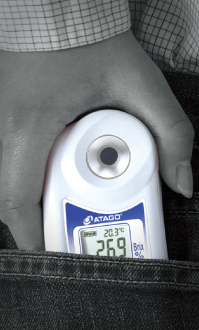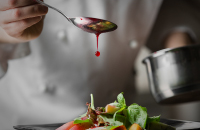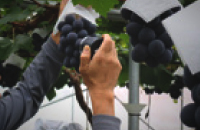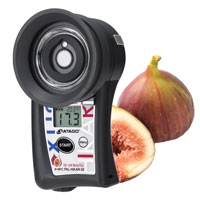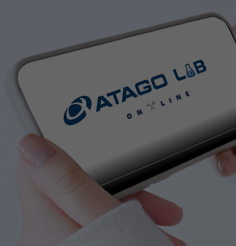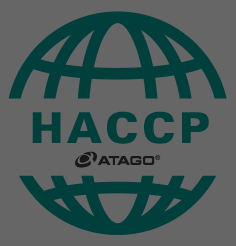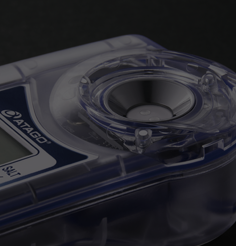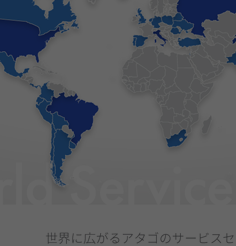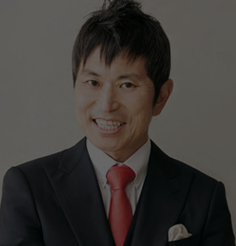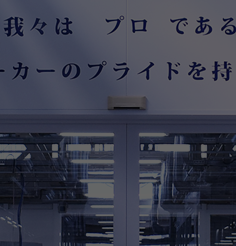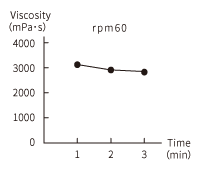Rice porridge everyone loves: What is the Difference Between 30% or 100%?
Rice porridge, congee or okayu is a rice dish that is cooked in the same manner as the regular rice, but with a higher volume of water.
Rice porridge or congee has been loved by everyone. It is gentle on the stomach, prevents colds, and increases stamina and so on. Rice porridge is made not only for those that are sick but also as baby or care food.
Different types of rice porridge are defined by the amount of water added.
|
Zen-gayu- |
1:5 |
|
Shichibu-gayu- |
1:7 |
|
Gobu-gayu- |
1:10 |
|
Sanbu-gayu- |
1:20 |
For example, when okayu is used for baby food, one would start with very runny okayu and gradually reduce the amount of water as the baby gets older. When taking care of a sick person, the thickness of the rice porridge is adjusted depending on their appetite and condition. Also, with age, elderly may have difficulties swallowing food. To prevent aspiration, rice porridge is put in a mixer to make a paste like texture and a thickening agent is added. In recent years, due to the increase in the elderly population with dysphagia, research is currently underway, especially concerning the thickness of (viscosity and hardness) dysphagia friendly foods.
Viscosity of Rice Porridge
VISCO™ measurement examples
Spindle : A3L
Sample temperature :30℃
Dysphagia Friendly Diet
In the recent years, with an aging society, dysphagia friendly food products are being developed. Dysphagia diets are meals for elderly that have difficulties chewing and swallowing where thickness and size are adjusted. Viscosity control is very important when it comes to dysphasia diet as wrong thickness can be life threatening. VISCO™ is acknowledged in the nursing industry for its ease of use the kitchen by anyone.
 ys
ys
